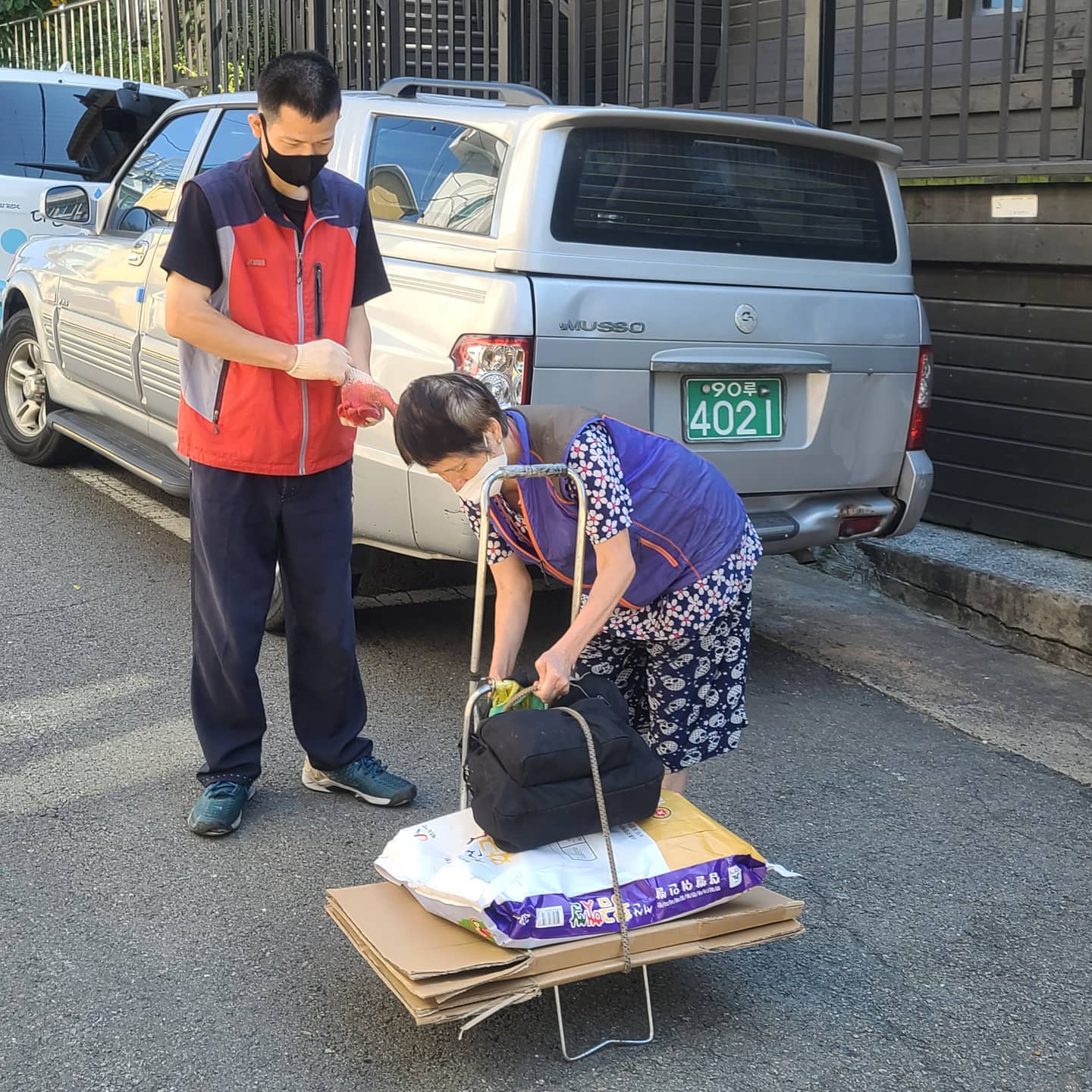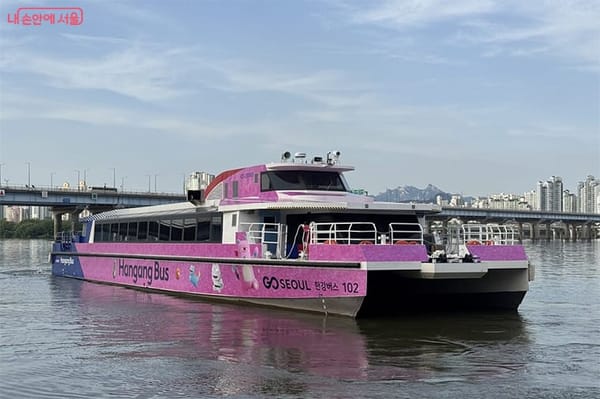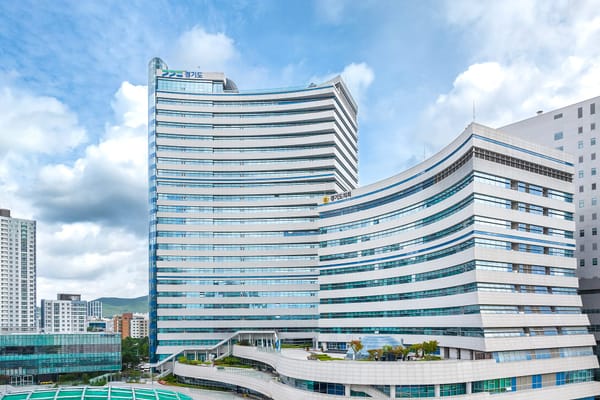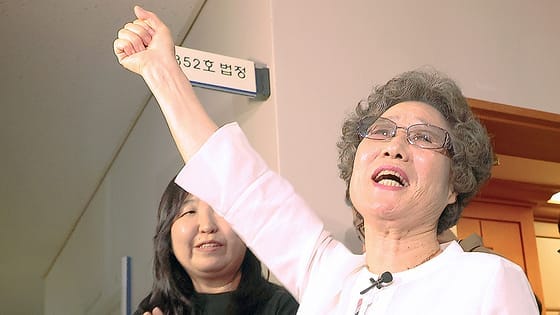Photo: Public assistance of rice for the elderly. Credit: The Blue Roof.
According to a recent report by the Bureau of Statistics 통계청, as of 2022, 90.4% of seniors over the age of 65 received a pension of some type, reflecting a steady increase in pensioners since 2016. Much of South Korea’s poverty is concentrated among the elderly, 43.8% of whom live in poverty - triple the OECD average of 14.8%. (See previous coverage, “Elder Poverty and Subsistence Labor.”)
The report examined the eleven most common types of pensions in South Korea, including government-funded pensions such as the Basic Pension 기초연금 and the National Pension 국민연금, as well as private and semi-private pensions paid to certain classes of workers such as teachers, public officials and members of the military. The average pension payment was approximately KRW 650k (USD 488) per month, significantly below KRW 1.2m, the recommended minimum monthly cost of living.
Although pension coverage is strong overall, gaps in coverage fall most heavily on those who can least afford them. Only 50.8% of formerly unemployed senior citizens and 75.5% of non-homeowners received any pension.








